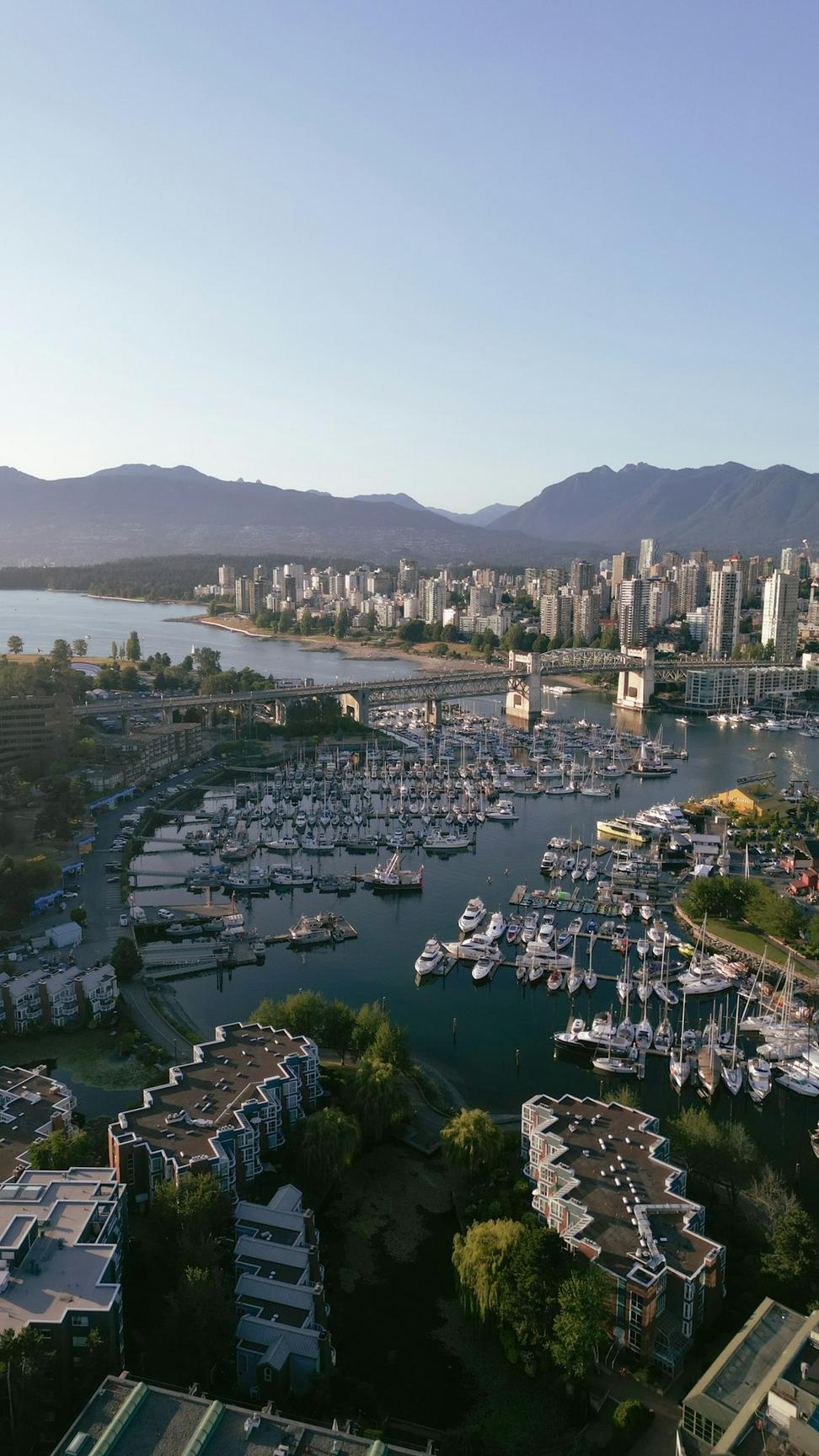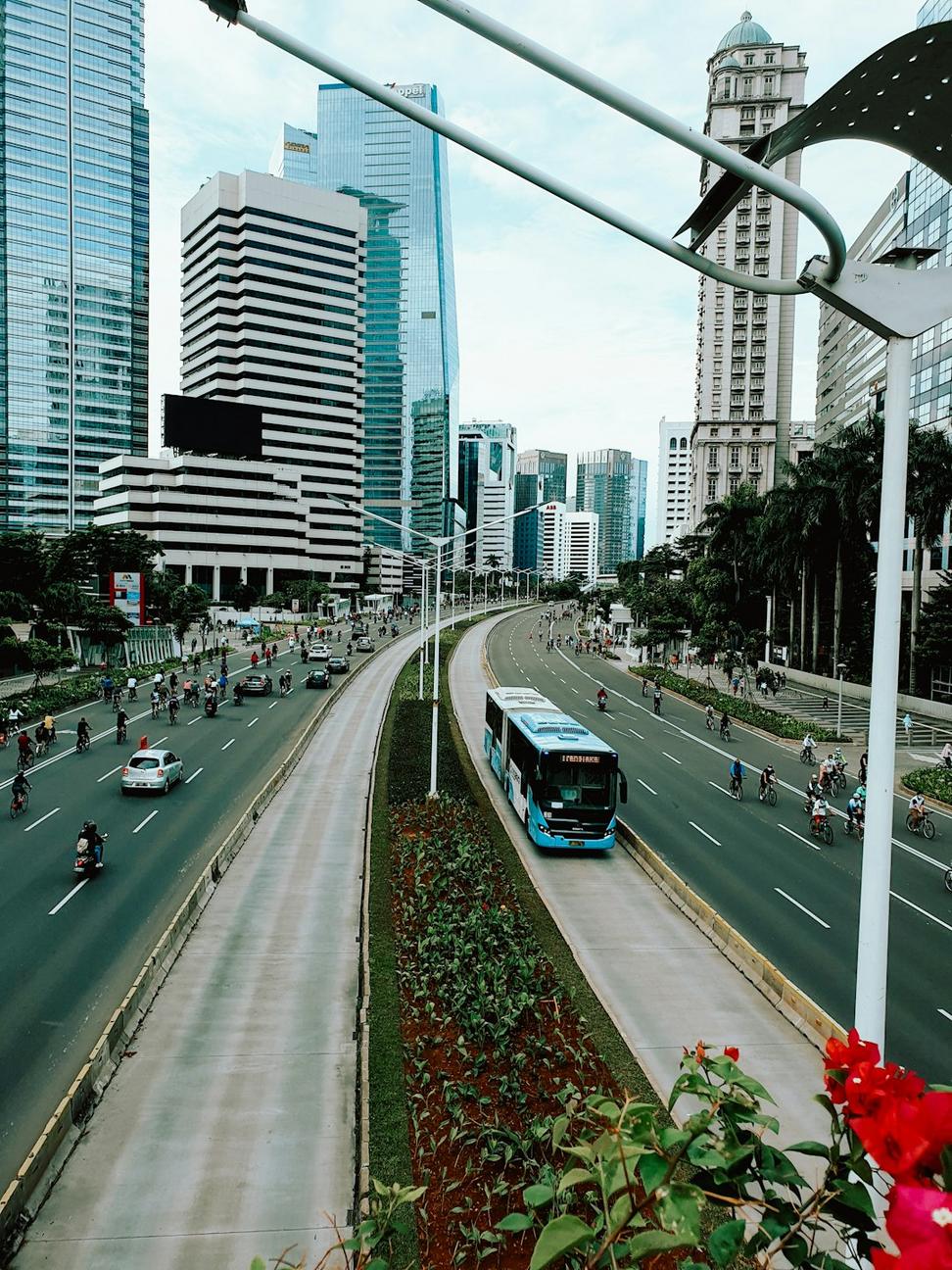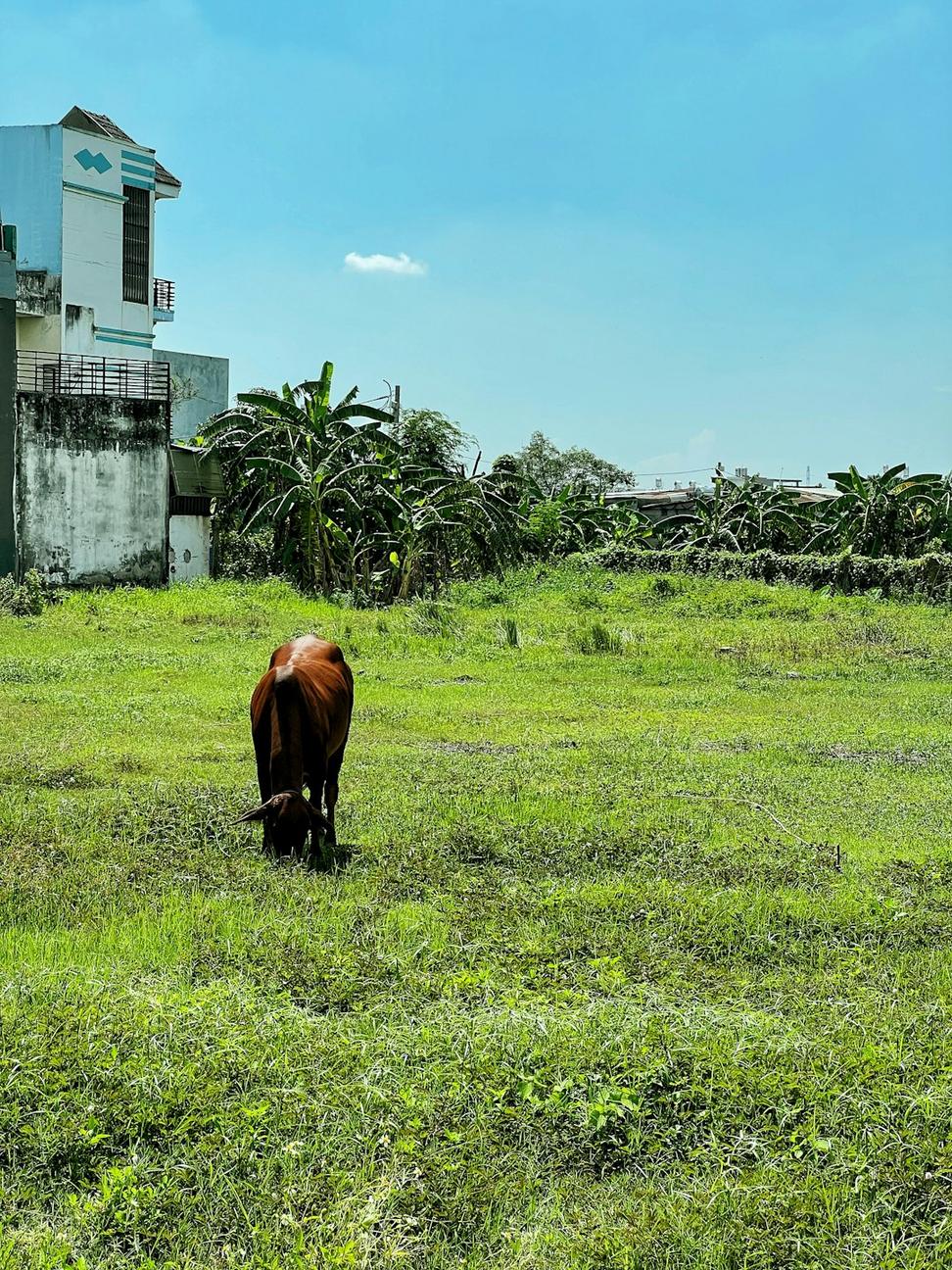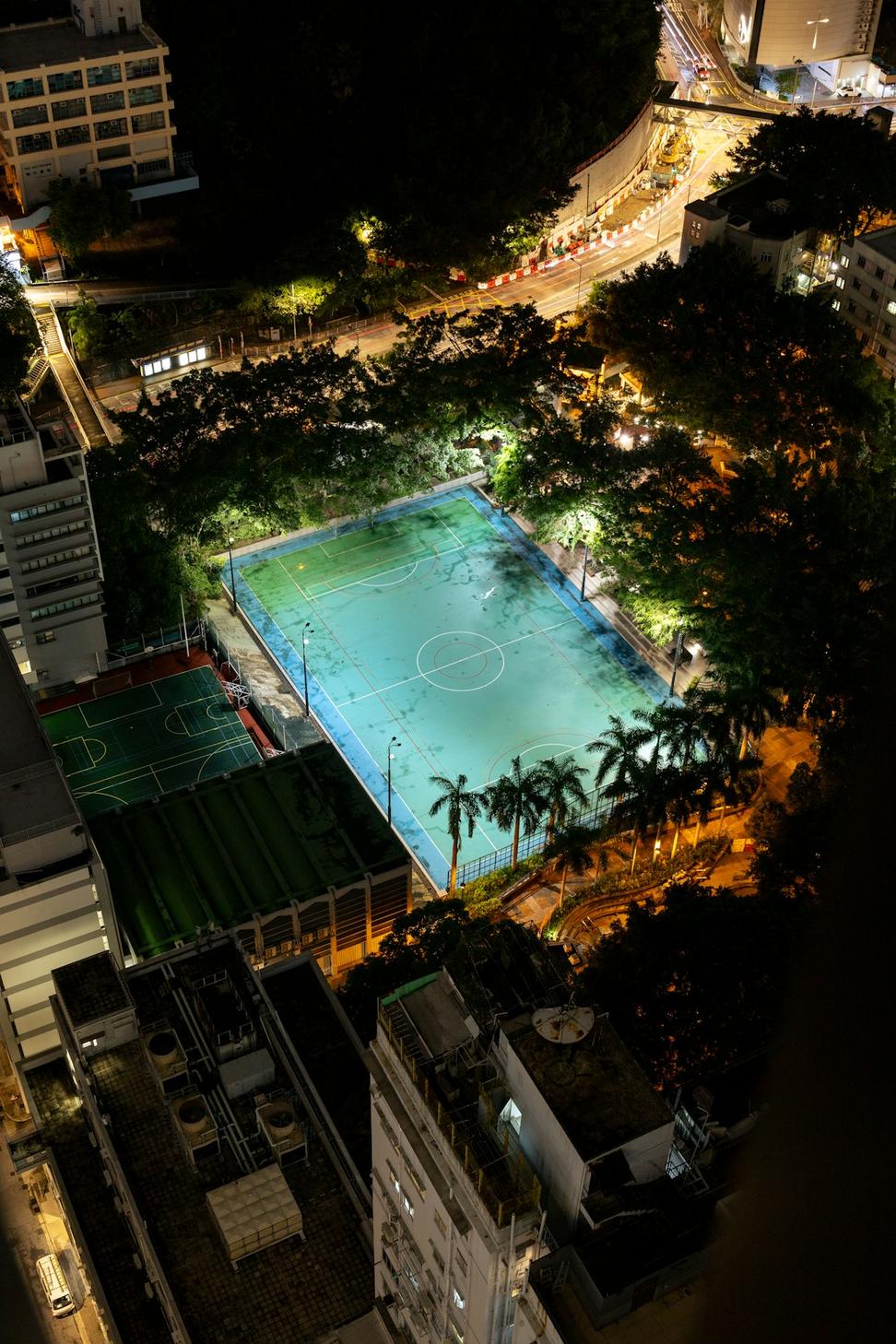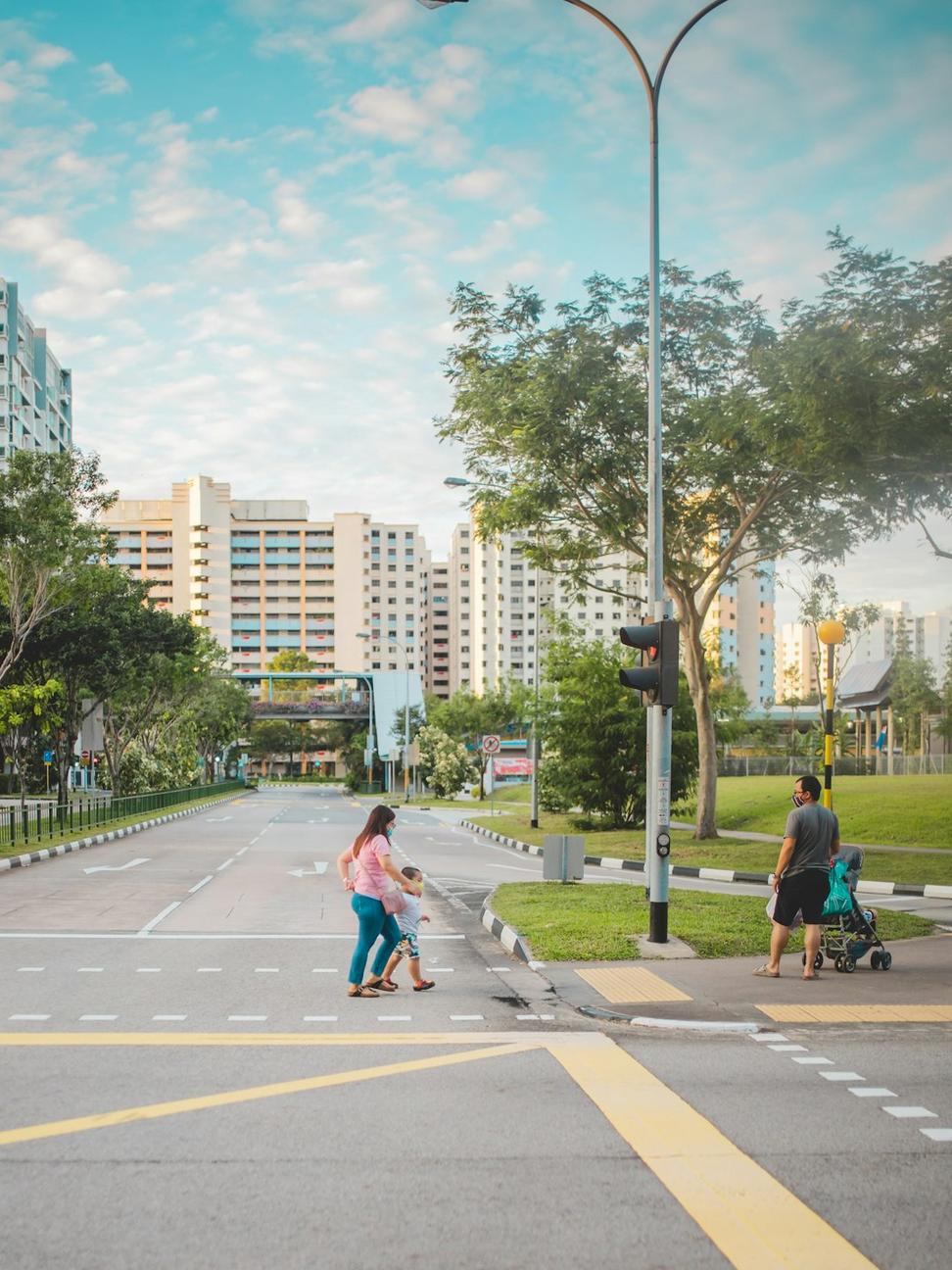
Our Planning Process
Look, urban planning can get messy real quick if you don't have a solid process. We've refined ours over the years working on projects from small neighborhood revitalizations to major city expansions across BC and beyond.
01. Discovery & Research
We spend weeks just walking around, taking notes, photographing corners, talking to people at coffee shops. Gotta feel the place before you can plan for it.
02. Collaborative Visioning
Town halls, workshops, online surveys - we get everyone involved. The best ideas often come from residents who've lived there for decades.
03. Design & Iteration
Multiple drafts, feedback rounds, tweaking until it feels right. We're not precious about our first ideas - the best plan's the one that evolves.
04. Implementation Strategy
A plan that sits in a drawer is worthless. We create phased rollouts with realistic timelines and budgets that municipalities can actually work with.
